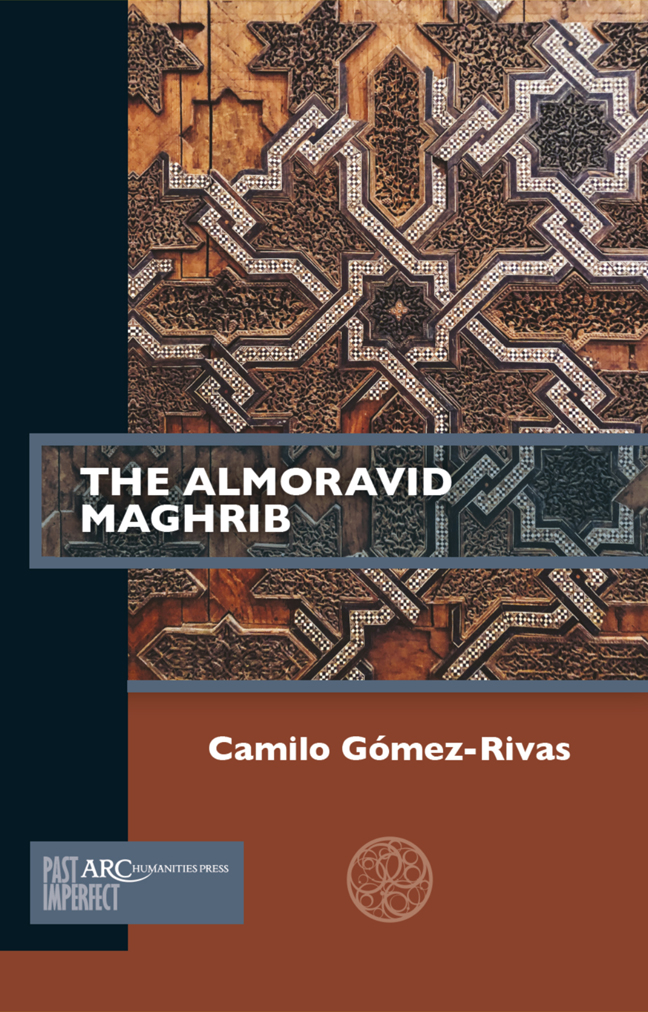Book contents
- Frontmatter
- Contents
- List of Illustrations
- Acknowledgements
- Abbreviations and Note on Language and Dates
- Principal Characters in the Narrative
- Introduction
- Chapter 1 The Preacher
- Chapter 2 The Queen and Her Kings
- Chapter 3 The Deposed
- Chapter 4 The Son
- Chapter 5 The Mahdis
- Chapter 6 The Qadi and the Rebel
- Conclusion
- Time Line
- Glossary of Key Terms
- Further Reading
Introduction
Published online by Cambridge University Press: 20 February 2024
- Frontmatter
- Contents
- List of Illustrations
- Acknowledgements
- Abbreviations and Note on Language and Dates
- Principal Characters in the Narrative
- Introduction
- Chapter 1 The Preacher
- Chapter 2 The Queen and Her Kings
- Chapter 3 The Deposed
- Chapter 4 The Son
- Chapter 5 The Mahdis
- Chapter 6 The Qadi and the Rebel
- Conclusion
- Time Line
- Glossary of Key Terms
- Further Reading
Summary
The emergence of the Almoravid Empire in northwestern Africa signalled a turning point. For this region known as the Far Maghrib (al-Maghrib al-Aqṣā), the appearance of this powerful religious and political movement was linked to profound social, economic, and political changes that transformed the life of the region’s diverse communities. Plainly put, the Almoravids (Arabic al-Murābiṭūn) introduced state structures of a quality and scale that were entirely unprecedented in the region. They brought about the first political and administrative unification of the Far Maghrib and Western Sahara, a region that today comprises Morocco and much of Algeria and Mauritania, under an indigenous, Berber leadership. This new state, also unprecedentedly, annexed al-Andalus (or Muslim Iberia), constituting the first Maghribi conquest of al-Andalus, and the first unification of the two regions since the Syrian Umayyad conquest of the second/eighth century. (The Syrian Umayyads of Damascus were the early Islamic Caliphate that conquered much of the Iberian Peninsula and North Africa, or the Maghrib, in the second century of the Islamic calendar). This large scale administrative unification was brought about by the creation of a new literate class. As a result, a series of new institutions took shape in the Maghrib, affecting military organization, bureaucratic practice, legal, urban, and commercial life. The initial emergence of the movement was brought about by the formation of a tribal confederation of redoubtable military ability. Later, mil itary forms and institutions were implemented along models existing in the Islamic East (the Mashriq). A bureaucratic elite, including legal practitioners, evolved significantly and involved the creation of new educational arrangements and practices. New cities appeared, chief of which was Marrakesh, the Almoravid capital. But the existing urban centres were also transformed decisively, such as was the case with Fes, Tlemcen, Sijilmasa, and Ceuta. This urban development provides the best evidence of a sharp rise in economic activity, including agriculture and manufacture, but also long distance commercial trade, a practice amply in evidence as a signature trade of the Almoravids. This entailed the introduction of a gold currency that became widely disseminated and the promotion of trans-Saharan and Mediterranean commerce on a new level, using novel legal and commercial instruments. All of this was accompanied by the articulation of a new kind of state legitimacy and a new kind of religious life.
- Type
- Chapter
- Information
- The Almoravid Maghrib , pp. 1 - 6Publisher: Amsterdam University PressPrint publication year: 2023

